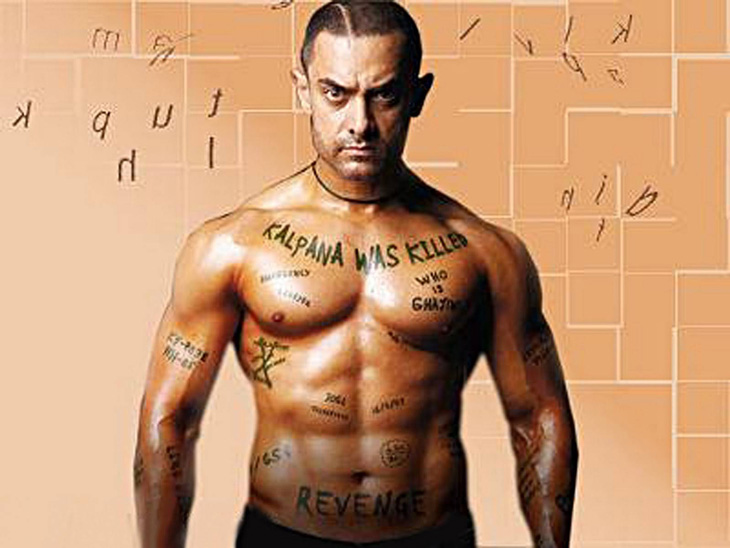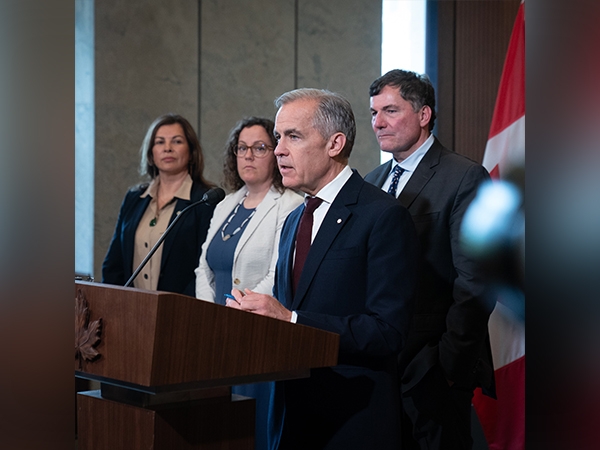Richa Chadha said a lot about bulimia. But still hasn't said enough

In 1999, Episode 19 of Hip Hip Hurray went where no show on Indian television had gone before.
Kiran, a girl from Class 12 at the fictional DeNobli school, had slowly begun showing signs of "the disease called anorexia". She'd been puking, eating junk food, skipping meals and had severe mood swings.
Two of her friends, Mazhar and Mona, looked up her symptoms in a medical book in the library. They recognised it to be anorexia. They went to the teachers for help.
At this point two things happened:
One teacher in the staffroom refused to believe that Anorexia could happen in India. "Yeh sab developed countries ke chochle hai,"he said.
Secondly, Kiran's father refused to take his daughter to the psychiatrist for help. "Meri beti koi paagal nahi," he insisted.
Read- Match made in misogyny heaven: Sports Illustrated & Archer just created magic
This was script-writing at its best. The show explained the two foremost impediments to getting help for a person with an eating disorder.
1. The notion that bulimia only occurred to those who made it to Oprah Winfrey-esqe talk shows.
2. The understanding that a psychiatrist was for those who belonged in a 'pagal khana'.
The show also picked the perfect actor for the role. Kiran, played by Pia Roy Choudhury, was the skinniest - she was regularly made fun in the series for being tiny.
That's the third issue the show tacitly dealt with - that eating disorders don't discriminate between thin people and fat people. That they aren't a rational urge nor are they exclusive to fat people. Nobody is immune to severe body image issues. And that's precisely what makes it so hard to detect.
Those are the things that the show did right. But it did something seriously wrong as well:
Eventually, Mazhar took Kiran to a psychiatrist. There she opened up about the problems she was having with her mother, and how they impacted her sense of self.
And one bout of crying at the doctor's later, poof! Kiran was restored to the smiling, feisty, happy Kiran that she'd always been.
Because obviously, that's precisely how easy it is to fix an eating disorder.
The best kept secret in showbiz
At some point during last season's Koffee with Karan, Kiran Rao, wife of Aamir Khan, fleetingly mentioned that her husband has an "eating disorder". That he eats junk food aggressively when he's not working on a film, and changes his lifestyle dramatically when he is.
Karan Johar, Aamir Khan, and Kiran Rao then laughed it off. LOLOLOL. No big deal. Eyes shift back to the 'Koffee Hamper'.
The couple was possibly dealing with something more ominous at the time. But Karan Johar's talk show was, understandably, an unsuitable space for that conversation. And that conversation never happened.
Also read: Here's every Bollywood female protagonist from 1980-2015. It's depressing
Alternatively, it could just be a case of the phrase 'eating disorder' being used flippantly. Maybe he just liked to binge when he was feeling good and had nothing to lose. This is equally problematic because it makes light of a serious issue. In the same breath, Rao also said Aamir didn't like to bathe, further trivialising the matter.

At the end of the day, we don't know which it was, because it was never talked about again,
even though it's a conversation begging to happen. Even though there is a dire need for dialogue about body standards in Indian films.
Those issues were never raised, even though, according to Chadha's later comments to Barkha Dutt, it's a very real issue.
On May 25th, when Chadha opened up about her struggles with bulimia on The Buck Stops Here,Dutt asked why women alone seem victim to eating disorders.
"I know male actors with eating disorders," Chadha responded simply.
Dutt appeared taken aback. It also demonstrates impediment number four.
Eating disorders are thought to be the dominion of 1) 'pagal', 2) First World, 3) fat 4) women. And all four of these supposed pre-requisites are wrong.
In other words, Chadha's interview demonstrated the need for Aamir Khan to have spoken up.
Every-time we talk about eating disorders, we do the same thing wrong
There's a fifth problem, and it's the biggest one.
In her TedX Talk at Delhi Technological University, Richa Chadha said, "Till I lived in Delhi, with my parents, I always felt beautiful and intelligent. It was only when I became an actor that I felt my confidence evaporate."
But the pressures of showbiz, once she was an indisputable part of it, were immense. "I was told I should gain weight, then lose weight, fix my nose and inflate my lips, get a boob job, lose the puppy fat, grow my hair out, or cut it, get highlights, or fake eyelash extensions, squat for a bigger booty, get fake gel nails, run in heels, wear spanx, pout will talking, focus on dilating the pupils, and listen attentively."
And so Chadha found herself forcibly vomiting food and hating her own appearance. She began living off protein bars and energy drinks, rather than on rajma chawal or roti sabzi.
Read more: Claire Underwood's mom is our mom. Except our mom says bhains.
One day, she caught herself wishing she didn't have to eat at all. Wishing there was a pill that would take away the human need to sit and eat.
And because she's smarter than a lot of us, she recognised that as her breaking point.
She dragged herself to a nutritionist and a naturopath and got back to eating healthy. Finally, she began actively resisting the hateful pressures of the industry she works in.
There's a very obvious aspect of her recovery missing in this narrative. She's explained the causes and symptoms of Bulimia and the logistics of eating healthy. Sure, going to the nutritionist helped her ascertain what she needed to eat and how much of it was healthy.
But where did the self-love come from? How did she teach herself to love what she saw in the mirror? How did she earn back her confidence? How did she drive away the phobia that this dessert will cost her her appearance? When she was asked to get a boob job the next time, how did she ensure she wouldn't be affected?
How did she come to terms with the fact that on some days she'll be water retentive and sport a mild double chin no matter how hard she tries?
Like Kiran in Hip Hip Hurray, Chadha's skimmed the underlying issues. She hasn't delved into the practice of self-love (and for many with eating disorders, it really is a practice.)
She seems to have engaged too deeply with the drama of the disease. But she's glossed over the everyday-ness of it.
There's no mention of the less sensational moments of getting dressed at home, where she probably learnt to focus on the best parts of her body. The times where she took flattering selfies to remind herself from time to time that she is quite lovely. Where she learned to embrace her own body as a means rather than an end.
Chadha hasn't talked about the know-how one needs in order to look at oneself more generously. She hasn't spoken about the nifty little tricks she acquired to reaffirm her self-image every day.
In other words, she's explained what an eating disorder looks like but said very little about how to fight it. And that's what really needs to be talked about.
More in Catch:
Modi@2: 24 months, 24 controversies that have caught the public eye
The issue is sexual harassment and trolling. Not 'free sex'
2016 Billboard Music Awards: the worst of fashion hits the red carpet
Selfies with Frida, sketching Begum Akhtar's childhood - Gitanjali Rao's been there, done that
First published: 26 May 2016, 16:39 IST






![BJP's Kapil Mishra recreates Shankar Mahadevan’s ‘Breathless’ song to highlight Delhi pollution [WATCH] BJP's Kapil Mishra recreates Shankar Mahadevan’s ‘Breathless’ song to highlight Delhi pollution [WATCH]](https://images.catchnews.com/upload/2022/11/03/kapil-mishra_240884_300x172.png)

![Anupam Kher shares pictures of his toned body on 67th birthday [MUST SEE] Anupam Kher shares pictures of his toned body on 67th birthday [MUST SEE]](https://images.catchnews.com/upload/2022/03/07/Anupam_kher_231145_300x172.jpg)






